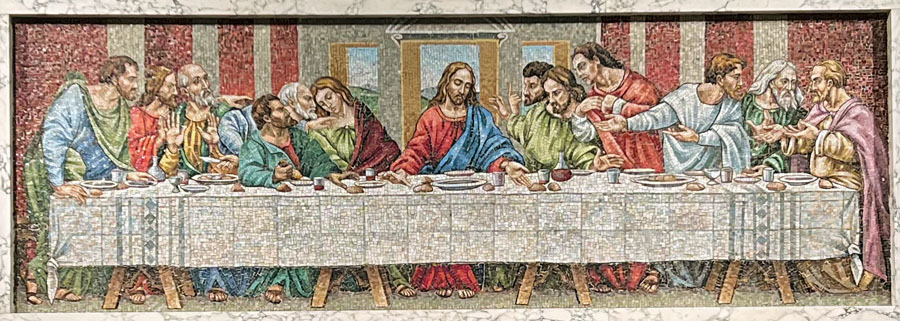Matthew, also known Levi, is traditionally regarded as the author of the Gospel of Matthew. When Jesus called Matthew to follow him, he was a tax collector (or “publican”)—one of the most reviled professions in ancient Judaism.
Little is known about this apostle. Aside from a handful of mentions in the gospels, he’s a surprisingly obscure New Testament figure. And despite the fact that the church has long considered him the author of the Gospel of Matthew, little else is known about him.
While Matthew is honored as a martyr, no one knows for sure where or how he died. Various accounts say he was beheaded, stoned, burned, or stabbed—one even suggests he died of natural causes like John.
